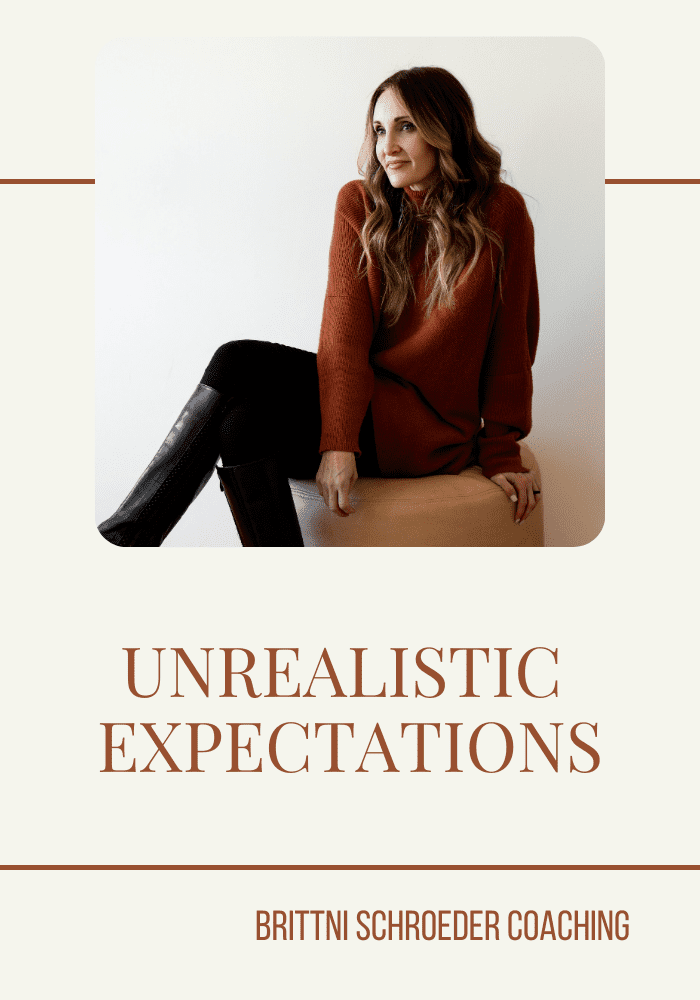brittni schroeder
BLOG
Brittni Schroeder Coaching
BOOST YOUR BUSINESS
WITH A LIFE COACH
A few years ago, I found myself navigating through some trials. I was searching for answers when I stumbled across The Life School podcast with Brooke Castillo. The ideas of thought work and controlling your mind deeply resonated with me. I began searching and absorbing all the information I could find on this idea. The concept of learning to control your mind enlightened and empowered me. I knew I had been blessed with certain gifts. Innately, I found ways to connect with people and then could build them up and give them newfound confidence. I wanted to help more people and during this time of reflection, I made the decision to become certified as a life coach.
I have been an entrepreneur as long as I can remember. Some of my ventures included being a professional photographer, working as Editor-in-Chief of a photography magazine, and founding a nonprofit. I identify as an analytic or left-brained person. Creating spreadsheets and organization energizes me and brings me so much satisfaction. Finding motivation has never been problematic for me. However, during my training to become a life coach, I discovered a world of potential I didn’t know existed. I had the realization that I could boost my business with a life coach.
MINDSET
Discovering the power of mindset is the key to success. Rarely do people focus enough on this aspect of success. I didn’t. We don’t know what we don’t know. Learning about improving my mindset was a game-changer for me. My mind was suddenly opened to opportunities and dreams I never thought possible. I thought my motivation alone would get me to where I wanted to go. I was wrong.
I often tell my clients: I can teach you all the tools you need to be successful, but if you don’t believe it you will only go so far. Learning to control your mind, accept failure, set goals, and dream bigger are what it takes to achieve ultimate success.
GOAL SETTING
I have always been a goal setter, but I learned I wasn’t all that awesome at it. At the beginning of every year, I jotted down a few things I wanted to accomplish that year. I would reflect on those goals periodically, but that was the extent of my goal setting regimen.
During the goal-setting portion of my training I learned a few things:
- My goals were not big enough
- I wasn’t setting them often enough
- I didn’t have a strategy to accomplish them
- And I didn’t have the mindset to achieve them
Goal setting is one of the most compassionate things we do for ourselves because it helps us evolve into the best possible version of ourselves. Learning proper techniques and strategies is a tool or habit that we need to develop.
Motivation and ambition is amazing, but if you don’t have a clearly defined goal, create a strategy and execute, you will fall short of your potential.
FAILURE
Another mindset tool I cultivated was failure and the willingness to embrace it. Failure is inevitable in business and in life, but learning to embrace it takes the right mindset and practice. Lots and lots of practice. With the proper mindset, you will learn to work through failure with an attitude of gratitude. When we learn to use failure as a tutor it becomes our most valuable education. We will see the most growth after failure.
“Failure is success in progress,” Albert Einstein once said. This incredible man understood the power of a positive mindset. Failure is the seed of growth and success. Once we gain the right perspective, we will begin to appreciate it. Your confidence will improve, you will take more risks, and you will see massive growth.
I knew I wanted to become a life coach, but I had no idea of the enormous impact it would have on my business. The tools I have acquired and now teach my clients are life-changing. These skills have given me the ability to help women in so many ways. I am a certified life and business coach, but more importantly, I am a confidence coach. I empower women by teaching them to empower themselves. I show them the potential they didn’t know existed within themselves.

